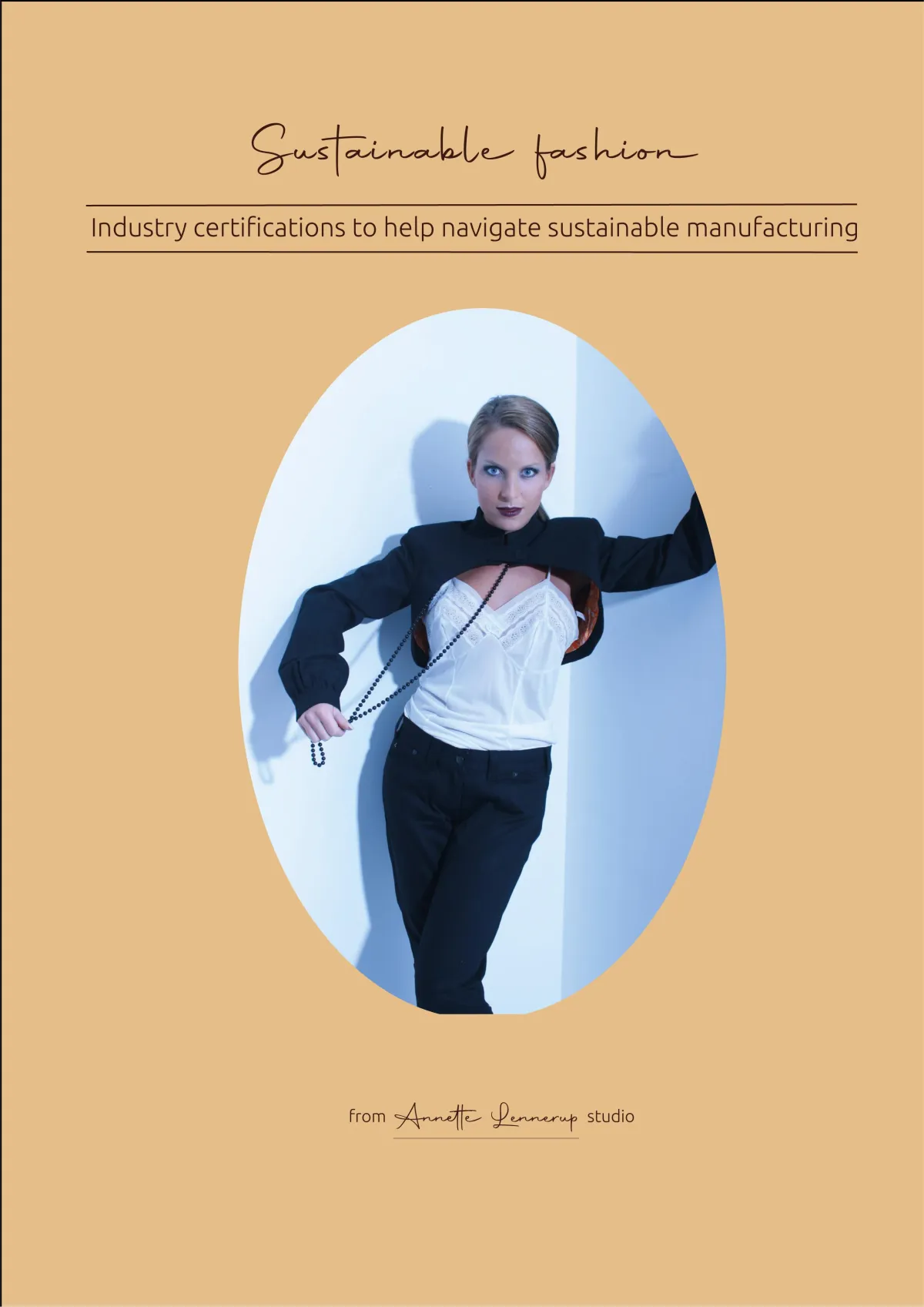
INSPIRATION|TRENDS|NEWS|MORE

THE GREEN CLAIMS DIRECTIVE
The Green Claims Directive, officially known as Directive 2005/29/EC, is an EU legislation that aims to regulate misleading advertising and unfair commercial practices, like greenwashing. When it comes to fashion, complying with this directive involves ensuring that any environmental claims made in advertising or labelling are accurate and not deceptive to consumers.
Here are some key points to consider for complying with the Green Claims Directive in the EU within the fashion industry:
Transparency and Accuracy:
Fashion brands must be transparent about their environmental claims and ensure that they are accurate. This includes providing clear information about the environmental impact of their products and manufacturing processes.
Substantiation:
Any environmental claims made by fashion brands must be substantiated by reliable evidence. This could include data on sustainable materials used, energy-efficient production processes, or certifications obtained from recognized environmental organizations.
Avoiding Greenwashing:
Greenwashing refers to the practice of making exaggerated or misleading environmental claims to make products appear more sustainable than they actually are. Fashion brands must avoid greenwashing and ensure that their environmental claims are genuine and meaningful.
Labeling and Packaging:
Fashion brands should clearly communicate their environmental credentials through labelling and packaging. This could include using eco-friendly materials for packaging and providing information about the sustainability attributes of the product.
Compliance with Additional Regulations:
In addition to the Green Claims Directive, fashion brands may need to comply with other EU regulations related to environmental protection, such as regulations governing the use of hazardous substances in textiles (REACH) or regulations on waste management. To find out more about REACH, download my free pdf on Sustainable certification here.
Certifications and Standards:
Fashion brands can demonstrate their commitment to sustainability by obtaining certifications or adhering to recognized environmental standards. For example, certifications like GOTS (Global Organic Textile Standard) or OEKO-TEX Standard 100 indicate compliance with specific environmental and social criteria. To find out more about these certifications, download my free pdf on Sustainable certification here.
Consumer Education:
Educating consumers about the environmental impact of fashion choices can help foster more sustainable consumption habits. Fashion brands can play a role in this by providing information about the lifecycle of their products and offering tips for reducing environmental impact.
By adhering to these principles and guidelines, fashion brands can ensure compliance with the Green Claims Directive in the EU while also promoting genuine sustainability in their operations and marketing efforts.
Finally, remember that if you want to use a sustainable claim in your fashion business, you need to make sure you have the proof to your claims and this should be in accurate numbers, not just, that you are using a certain fabric that saves water.
If you want to receive more tips, mentoring and curiosities stay tuned for more!
Stay tuned for more
exciting info!
XOXO
Annette
Annette Lennerup & Fashion Design Tribe ©Copyright 2024. All Rights Reserved.
